The Leper Tree
A hollowed-out baobab that became the horrific final resting place of leprosy sufferers, with gruesome evidence to prove it.
Liwonde National park is Malawi’s premiere wildlife reserve, teeming with wildlife, marshlands, and woodlands. But Liwonde also has a tragic history, the evidence of which is still visible deep inside the trunk of a massive baobab tree.
Although predominately Christian, many of Malawi’s citizens adhere to an amalgam of Christian and more traditional, regional beliefs. Relatively common across these practices is the idea that those who are infected with certain diseases cannot be buried, for fear that their impurities would contaminate the earth.
As recently as the 1950s, one particular tribe living in Liwonde suffered an outbreak of leprosy. In order to keep the disease from spreading, individuals were rounded up and led to a giant baobab at the base of Chinguni Hill. According to park guides, the infected individuals–those still living, along with the bodies of the recently dead–were bound and forced into the tree’s hollowed-out trunk and left there for nature to take its course.
The “Leper Tree,” as it has become known, remains standing today though it doubles over to one side, and its bark peels and bursts in spots. On its trunk appears a hand-painted sign that simply reads: “The grave for people who suffered from leprosy in the past.”
Visitors brought to the site are told of this history and encouraged to look down into the center of the tree, where the empty sockets of human skulls plainly stare back up at the faces of the living, forcing a moment of stark contemplation in the midst of the park’s vast natural beauty.
Know Before You Go
Once inside Liwonde National park, the most prominent landmark in the park's southern area is Chinguni Hill, which is encircled by a dirt road. The tree can be found near the base of the hill.


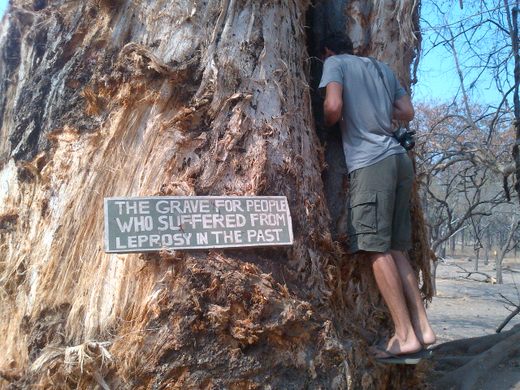








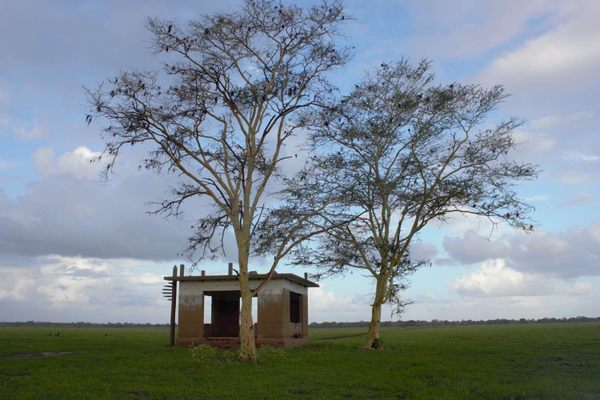
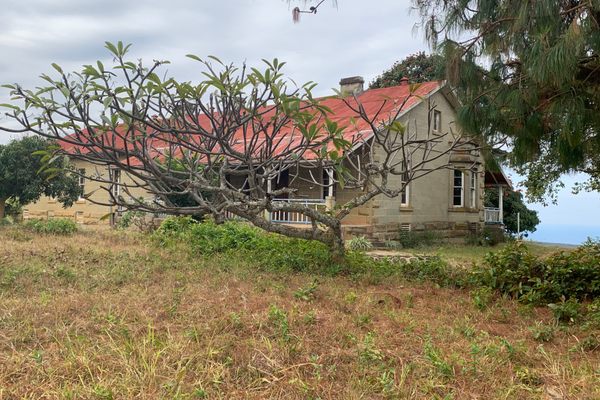


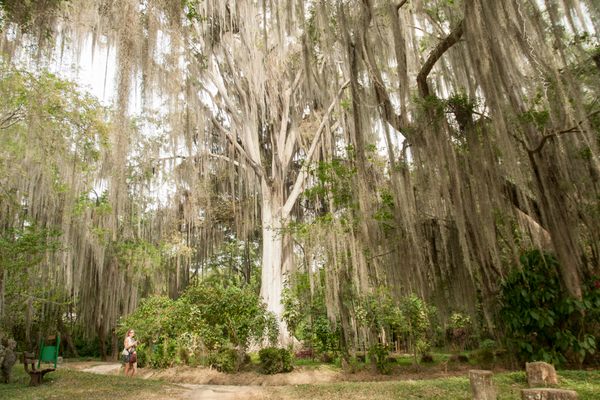
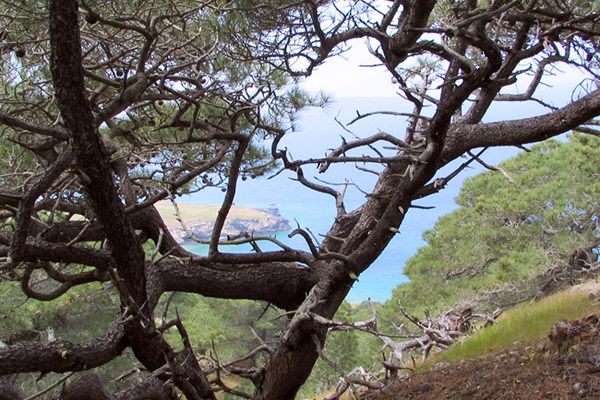

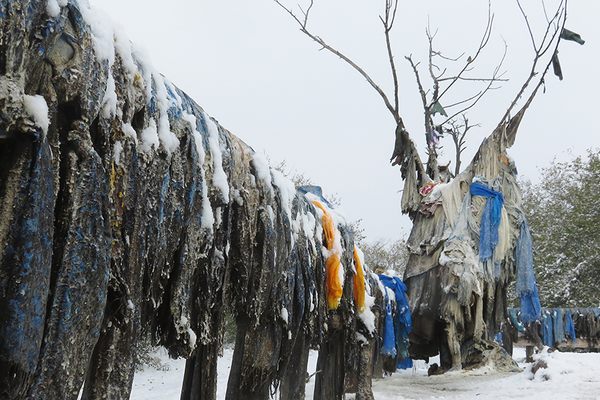

Follow us on Twitter to get the latest on the world's hidden wonders.
Like us on Facebook to get the latest on the world's hidden wonders.
Follow us on Twitter Like us on Facebook